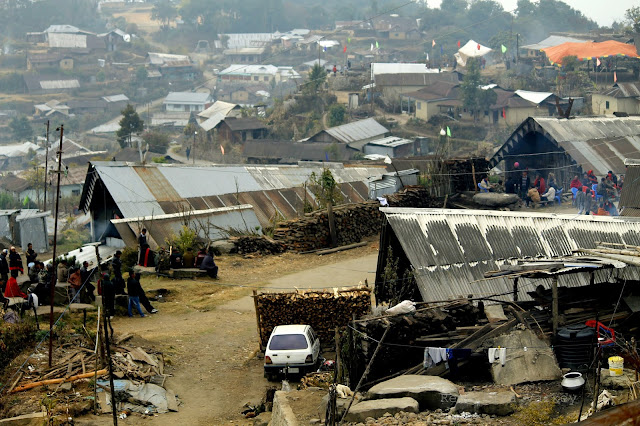Maram Khullen, The Tale of a Traditional Village.
Maram Khullen was the first among those villages I got to visit during my stay in Manipur. The journey was an uphill one and it added more scenic flavours as we went up covering each curve. The season was so dry that I couldn't enjoy much greenery and the day we visited the village was misty and cloudy too. Highly unfavourable for someone who wishes to capture good frames! Even then, the thought of having a live experience of being there in the village boosted the thrill.
Maram Khullen is the biggest and the oldest village which is home to the Maram Nagas. They speak the Maram language. The village continues to be the epitome in preserving the tribe's socio-cultural norms and its ethnicity. The village follows the Lunar Calendar, and its traditions and customs are dated based on it. The Maram Khullen still maintains the age-old tribal tradition of Kingship. The Maram Nagas were the only tribe among the Nagas who didn't consume pork till the advent of Christianity among them. As the majority of the population are Christians now, pork became the main dish in their cuisine. But it is still forbidden to consume it in the premises of the King's yard and places which are sacred according to the tribal religion. There is a minority population among them who still follow their traditional tribal religion. The Maram Nagas own a rich cultural heritage.
 | |||||||||||||||||||||||||||||||||||||||||||||||||||
The view of the village.
|
































Comments
Post a Comment